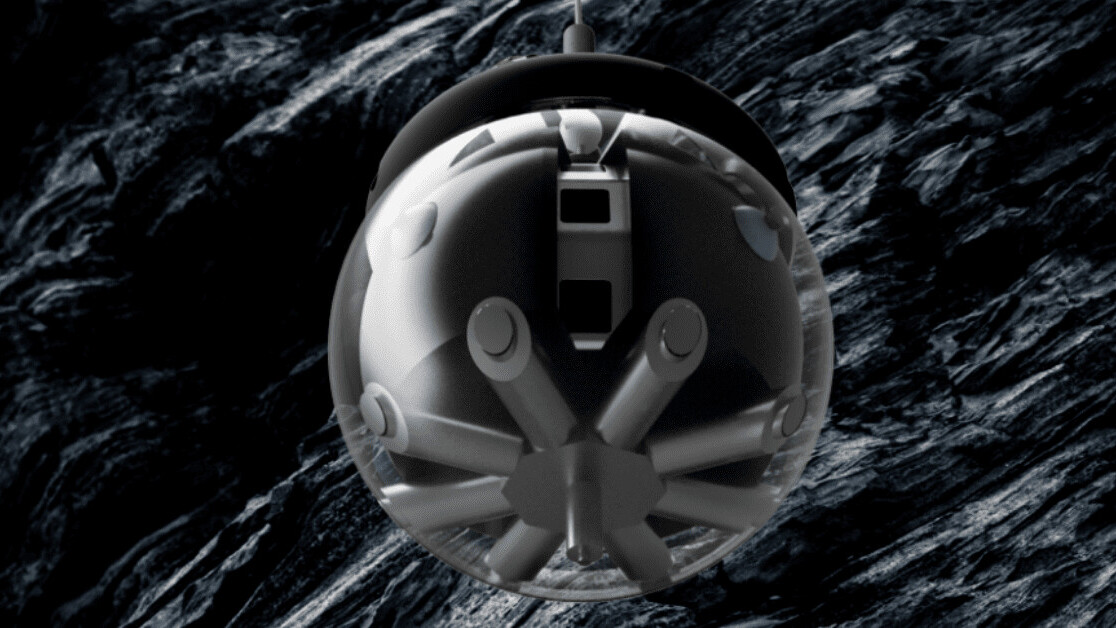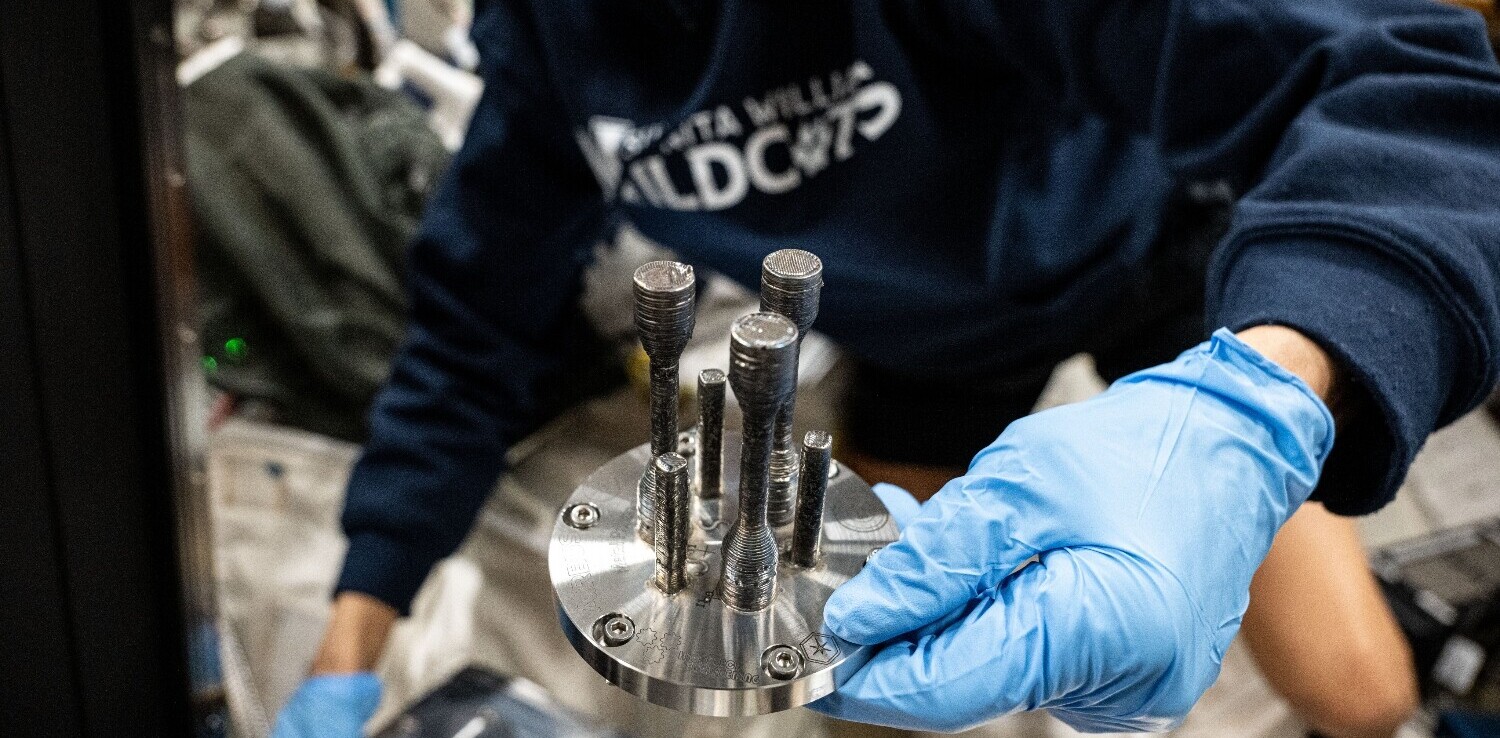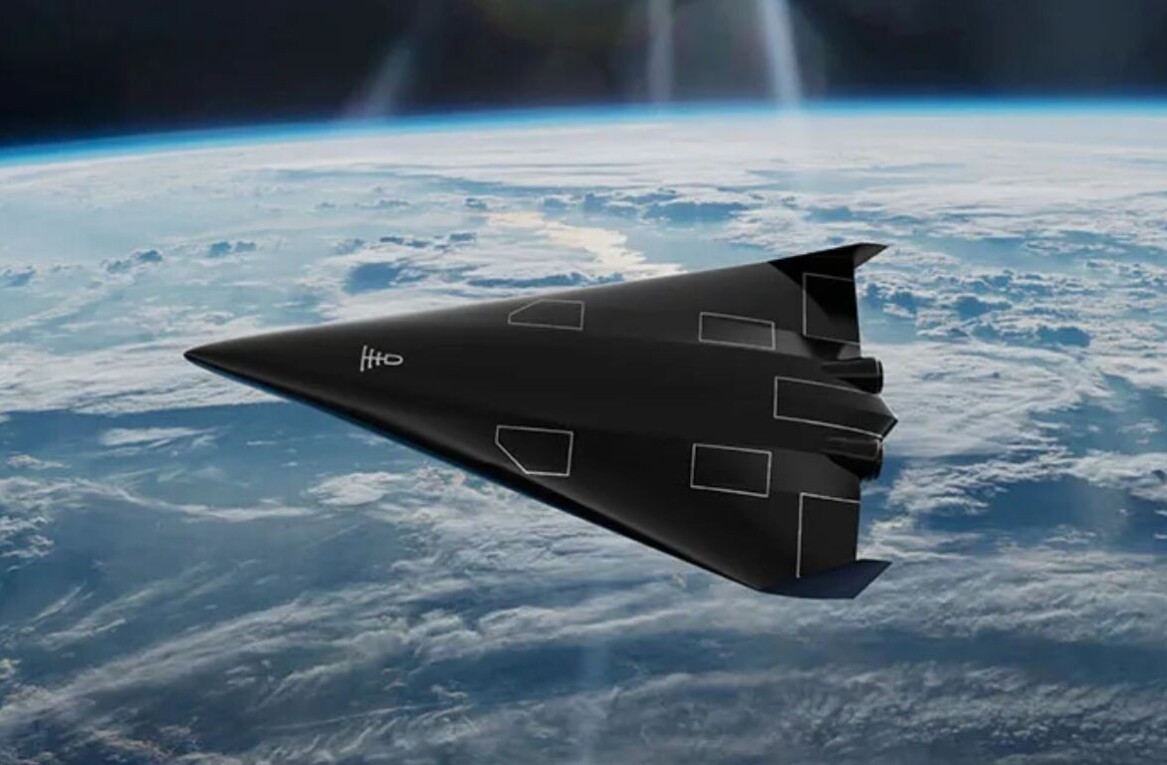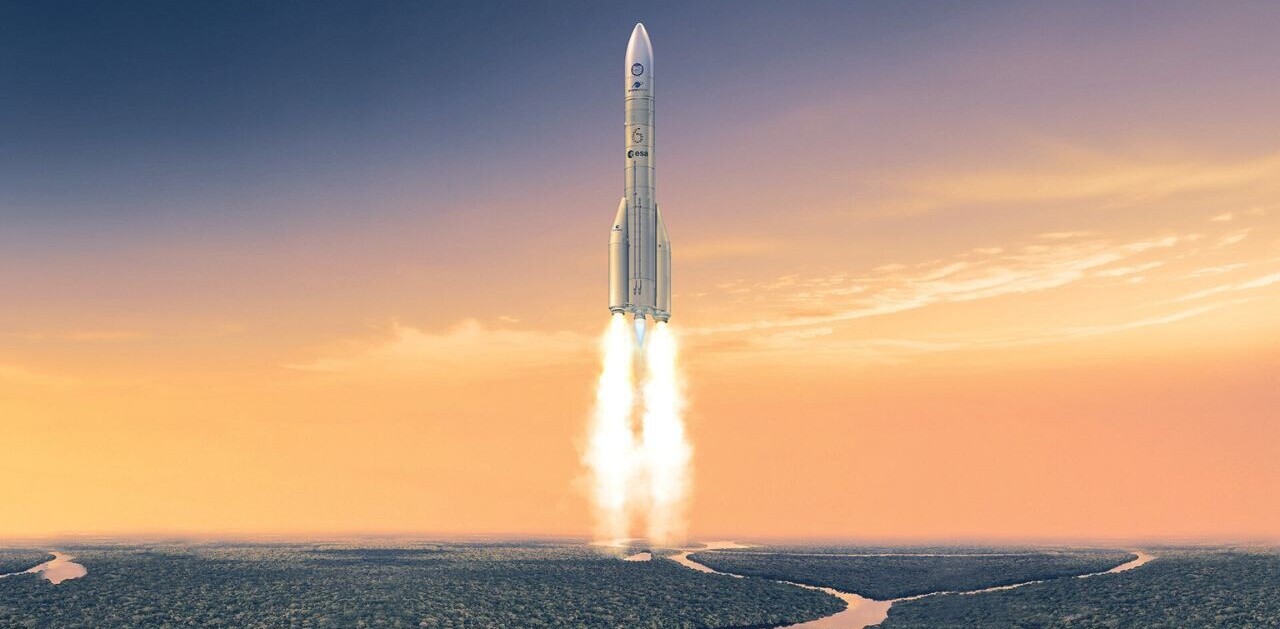
Humans have aspired to colonize the Moon for centuries, but the celestial body has an extremely hostile environment.
The safest locations for settlers could be under the Moon’s surface.
The European Space Agency (ESA) believes lunar caves could provide shelter from radiation, micrometeorites, and extreme temperatures — and perhaps even access to water ice deposits.
The agency is currently testing an autonomous robot that it hopes will offer new insights into conditions in the caverns.
[Read: How to use AI to better serve your customers]
Named DAEDALUS, the 46-cm sphere would be lowered into a cave’s mouth from a long tether and then use its own power to roll away. The tether would also serve as a Wi-FI receiver that sends back the data collected by the probe.
Cameras and sensors installed on DAEDALUS would then map the cave’s interior, study the environment, and search for deposits of ice.

Dorit Borrmann, a DAEDALUS team member, said the robot will need to be robust to survive on the Moon:
The design is driven by the requirement to observe the surroundings in full 360 degrees and the necessity to protect the interior from the harsh lunar environment. With the cameras acting as a stereo vision system and the laser distance measurements, the sphere detects obstacles during descent and navigates autonomously upon reaching the pit floor.
The device is being developed by a team from the University of Würzburg, as part of an ESA study into lunar cave exploration.
Ultimately, the agency hopes to find resources and locations that could take us closer to building a human settlement on the Moon.
With Mars getting all the attention these days, it’s nice to see our nearest neighbor in space hasn’t been forgotten.
Greetings Humanoids! Did you know we have a newsletter all about AI? You can subscribe to it right here.
Get the TNW newsletter
Get the most important tech news in your inbox each week.



